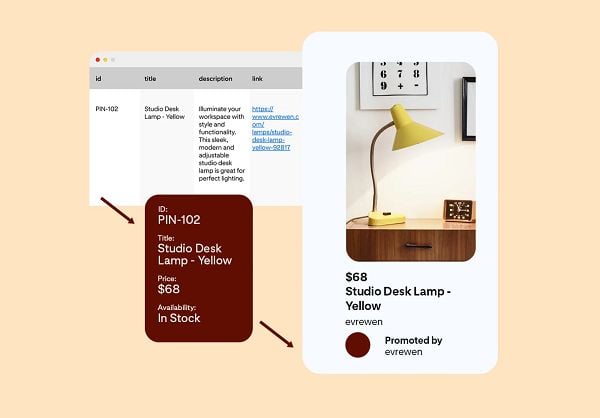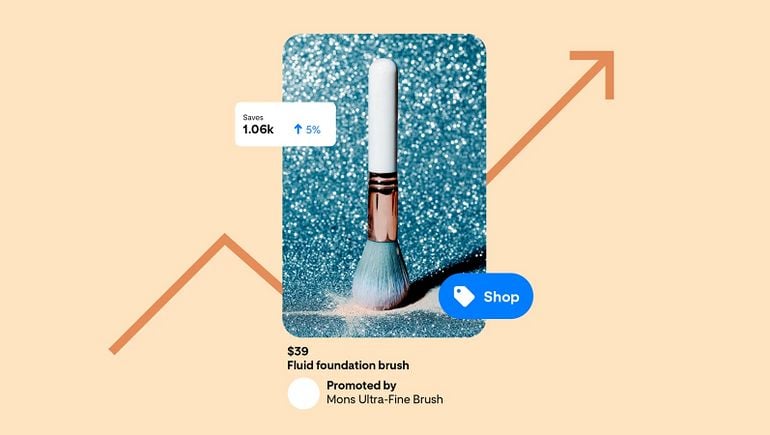Pinterest has shared some new tips on how to optimize your product feed in the app, in order to improve the performance of your Pin listings, and create a more responsive in-app presence.
Which applies to both newcomers to the app and established brands, who can refresh their feed to maximize engagement.
As explained by Pinterest:
“Your product feed (also known as a data feed, data source or product catalogue) powers important lower funnel tools such as product Pins and shopping ads. Its data informs how our system recommends your content across Pinterest and which people see your Pins. It also impacts how your brand appears on the platform, with important information such as product description and images on the actual Pins.”
Based on its analysis, Pinterest recommends that brands follow these four tips:
Include comprehensive metadata listings
Pinterest’s product feed ingestion process incorporates various fields, including title, description, price, and category. Pinterest says that brands should ensure that they fill each of these elements out thoroughly, with clear, specific information about every product that they’re selling.
“Think about the types of characteristics that your audience might be interested in that could really help to explain what you’re selling”

Use keywords in your titles and descriptions
Similar to SEO, Pinterest recommends that brands consider the terms that people use when searching for their products, and include them within their product listings.
“Using a mixture of broad and exact words and phrases will help to trigger more queries.”
You can research related search terms and trending queries via Pinterest’s trend insights page.
Perfect your product groupings
Pinterest also recommends that brands consider their product categories, and how they list their items within different segments.
Pinterest says that more is better in this regard, as it will help its system better guide users towards relevant matches.
“Tagging your products into multiple levels of categorization will help you to score more highly in relevant searches and shopping categories. Skip a category – and you might accidentally skip a shopper.”
For example, Pinterest says that when listing headphones, you could look to use categorization like this:
Electronics > Audio > Audio Components > Headphones and headsets > Headphones
Pinterest also notes that brands should only list their products once in any given category.
Avoid Targeting Restrictions
Finally, Pinterest recommends that brands trust its algorithms when running shopping campaigns, in order to maximize reach to interested users.
“It may seem counterintuitive at first, but adding restrictions can actually limit your reach and reduce the effectiveness of our other tips. Trust the feed and trust the process. Let the power of Pinterest and your metadata do the heavy lifting.”
As ad targeting systems improve, more platforms are pushing advertisers towards their AI-powered targeting tools, which are delivering better results than more refined targeting in many cases.
There will always be variations based on the ad creator, but automated targeting is generating better results over time, and it could be worth experimenting with fewer versus more targeting parameters.
These are some handy tips for Pin marketers, which could help to get your approach on the right track for 2024. And as the platform closes in on 500 million users, all coming to the platform with shopping intent, it is worth considering where Pinterest might fit into your marketing approach.
You can learn more about Pinterest product catalog process here.



